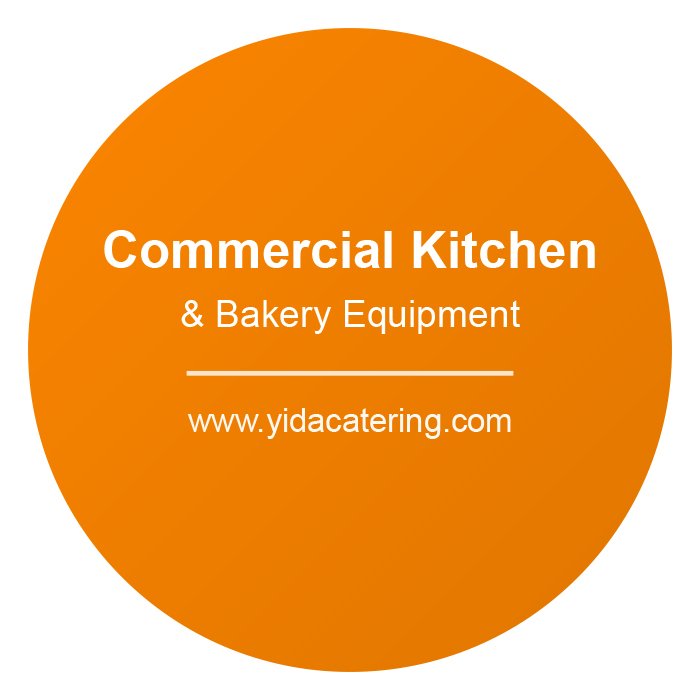When it comes to commercial baking, the type of oven you choose can make a significant impact on the quality, efficiency, and profitability of your business. Whether you operate a bakery, a restaurant, or a catering service, understanding the different types of baking ovens available on the market is essential to meet your specific needs. Below, we explore the various types of baking ovens commonly used in commercial settings, highlighting their unique features and applications.
1. Convection Ovens
Convection ovens are among the most popular choices for commercial baking due to their versatility and efficiency. They use fans to circulate hot air evenly throughout the oven chamber, ensuring consistent baking results. This even heat distribution makes convection ovens ideal for baking cookies, pastries, bread, and other goods that require uniform cooking.
Key Features:
- Faster cooking times compared to traditional ovens.
- Energy-efficient due to reduced baking times.
- Available in countertop or floor-standing models.
Best For:
- Bakeries and restaurants that require consistent results for high volumes of baked goods.
2. Deck Ovens
Deck ovens are a staple in artisan bakeries and pizzerias. These ovens feature stone or metal decks that provide direct heat to the baked goods. Deck ovens are known for their ability to produce a crispy crust and an evenly baked interior, making them ideal for bread, pizza, and other items that benefit from radiant heat.
Key Features:
- Multiple decks allow simultaneous baking of different items.
- Provides excellent heat retention and distribution.
- Ideal for high-quality, artisanal baked goods.
Best For:
- Specialty bakeries, pizzerias, and establishments focusing on artisanal products.
3. Rotary Rack Ovens
Rotary rack ovens are designed for high-volume baking operations. These ovens feature a rotating rack system that ensures even baking by exposing all sides of the product to consistent heat. They are particularly useful for large-scale production of items like bread loaves, muffins, and cakes.
Key Features:
- High capacity for batch baking.
- Uniform heat distribution through rotation.
- Easy loading and unloading with rack systems.
Best For:
- Large-scale bakeries and production facilities.
4. Tunnel Ovens
Tunnel ovens are specialized ovens designed for continuous, high-volume production. Products move through the oven on a conveyor belt, allowing for consistent baking in a streamlined process. These ovens are often used in industrial bakeries and food manufacturing plants.
Key Features:
- Continuous operation for large-scale production.
- Customizable temperature zones for different baking stages.
- High efficiency for mass production.
Best For:
- Industrial-scale bakeries and food manufacturers.
5. Combination Ovens
Combination ovens, also known as combi ovens, offer the flexibility of multiple cooking methods in one unit. They can function as convection ovens, steam ovens, or a combination of both. This versatility makes them suitable for a wide range of baked goods and other culinary applications.
Key Features:
- Combines convection and steam cooking.
- Adjustable humidity levels for precise baking control.
- Versatile and space-saving.
Best For:
- Restaurants and bakeries that require diverse cooking options.
6. Revolving Tray Ovens
Revolving tray ovens are equipped with rotating trays that allow for even heat distribution and efficient use of space. These ovens are ideal for batch baking and can accommodate a variety of baked goods simultaneously.
Key Features:
- Rotating trays ensure uniform baking.
- High capacity for multiple products at once.
- Durable and reliable for long-term use.
Best For:
- Medium to large bakeries with diverse product lines.
Conclusion
Choosing the right baking oven for your commercial operation depends on your specific needs, production volume, and the type of products you offer. Convection ovens are ideal for versatility and efficiency, while deck ovens excel in artisanal baking. For high-volume production, rotary rack or tunnel ovens may be more appropriate. Combination ovens provide flexibility, while revolving tray ovens offer high capacity with consistent results.
Investing in the right oven not only enhances the quality of your baked goods but also improves overall operational efficiency. By understanding the features and benefits of each type of oven, you can make an informed decision that aligns with your business goals.

